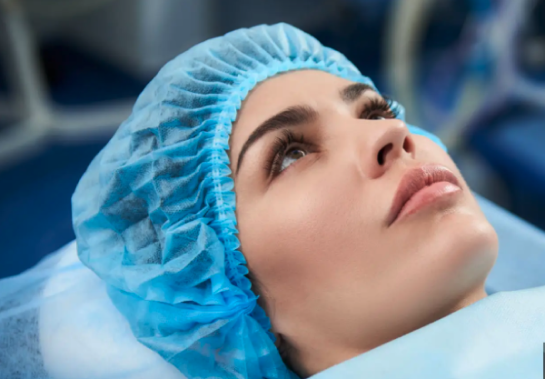What people are saying
About DBS
Established, technologically advanced treatment for Parkinson's disease, Essential Tremor & Dystonia.
How DBS Works
Think of DBS as a "circuit corrector", it interrupts abnormal signals that cause tremors, stiffness, or involuntary movements, helping restore more normal function.
A battery-powered neurostimulator (also called an implantable pulse generator) is placed under the skin, usually in the chest.
The device is connected to the brain via a thin wire (electrode) that is surgically implanted in specific target areas known to regulate movement.
It sends a mild electrical current to these areas, helping suppress abnormal signals and promote smoother brain function.
Key Insight: There are several brain targets where stimulation can be applied, each with different effects. The target is carefully chosen to match the specific symptoms a patient needs help with.

Targeted
Tailored to the individual's symptoms with precise electrode placement


Reversible
Can be turned down or off at any time, it does not damage brain tissue


Adjustable
Settings can be fine-tuned post-surgery for optimal symptom control


Long-term benefit
Often leads to sustained improvement in symptoms and quality of life

The DBS Process

DBS surgery is elective, so it can be deferred until you are ready – although it can be done within a couple of months of referral. In the weeks before surgery, you will need to have a special MRI brain scan – which we use to plan the operation. If needed, we can give sedation (or even a general anaesthetic) for this scan.
Conditions Treated
Learn more about the conditions we treat, see the benefits and how the treatment will affect
Parkinson’s Disease
DBS helps improve movement symptoms like slowness, stiffness, tremor, walking issues, and involuntary movements. For most Parkinson’s patients, DBS allows Parkinson's medication to be substantially reduced.

Essential Tremor
DBS can improve arm tremors significantly (often over 80%) and midline tremors (around 50%), leading to better daily function like eating, writing, and drinking—often with less or no need for tremor medication

Dystonia
DBS can help with both generalized and focal dystonia, easing abnormal movements and pain. It can improve daily activities like eating and driving, reduce reliance on medication and injections, and greatly enhance quality of life

DBS Risks & Side Effects
Risks can arise from the surgery to implant the hardware and side effects can arise from the application of stimulation and associated adjustments to medication.
Surgery & Hardware Risks
Learn MoreStimulation & Medication Side Effects
Learn MoreFrequently Asked Questions
What You Need to Know About DBS
Deep brain stimulation can raise a lot of questions, and rightly so. In this section, we answer the most common concerns patients and families have about the procedure, recovery, benefits, and long-term care.
Not seeing your question here? That's okay, every patient's journey is different. Reach out to us and we'll guide you through it.

Location
NHS:
- St George's University Hospital, London
Private:




